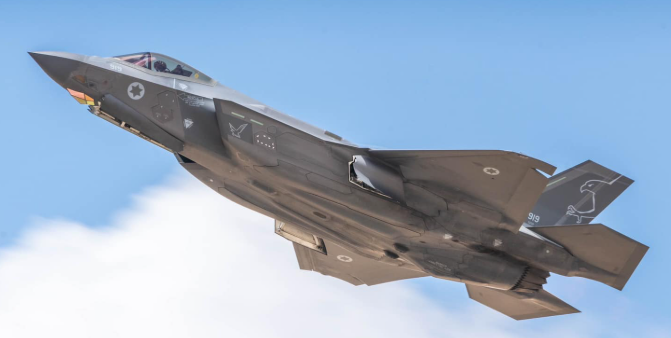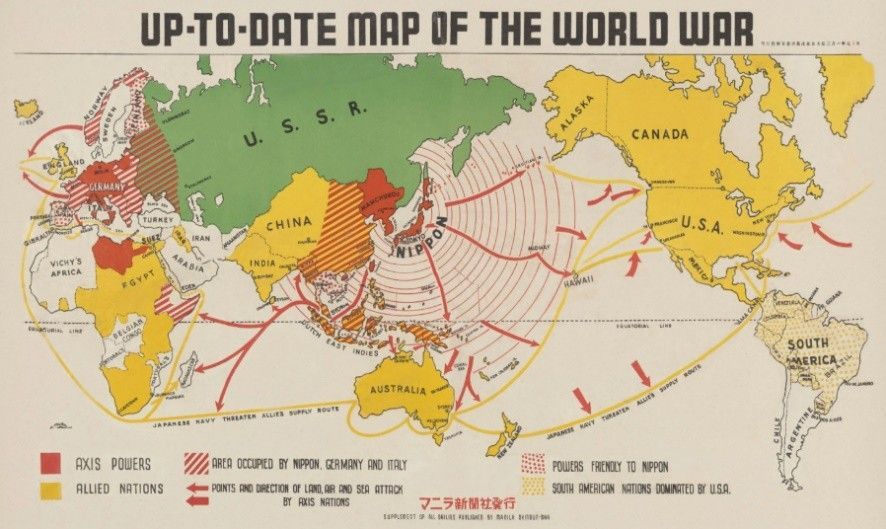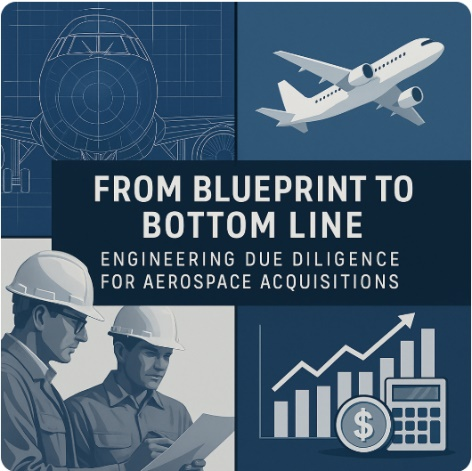ARTICLES
Follow Us
Be the first to know
Aerospace Failures I’ve Seen Up Close – and What They Teach Us
About Risk Management
By:
Arman M Nazari
President,
Global Technical Resources | Aerospace & Defense SME
Through years of work on high-stakes aerospace engineering programs - from structural analysis and certification to program recovery and MRO - I’ve witnessed firsthand how complex systems can fail. But more importantly, I’ve seen how those failures could have been avoided. Each incident
is more than a lesson in hindsight; it’s a window into systemic issues in program management, risk culture, and decision-making under pressure.
1. When Documentation Is Treated as an Afterthought
During a major composite structure program in the early 2000s, the design team delivered a lightweight, innovative solution, but failed to maintain adequate traceability in the substantiation documents. When the FAA audit came, the chaos was not in the structure, but in the paperwork.
We had to reconstruct stress justifications, load paths, and test evidence retroactively, under schedule pressure.
Lesson: Certification begins on day one. Risk doesn’t just live in engineering margins, it hides in document versioning, tribal knowledge, and poor configuration control.
2. Over-Optimism in Development Schedules
I was brought into a clean-sheet aircraft program as a consultant when fatigue test failures delayed the certification timeline by nearly a year. What went wrong? A lack of adequate FEA calibration and over-reliance on optimistic modeling assumptions. No one had budgeted time for redesigning cycles.
Lesson: Schedule risk isn’t just about time; it’s about truth. Senior leadership must empower engineers to deliver realistic, bottom-up assessments, even when it’s uncomfortable.
3. The Forgotten Voice of the Field Mechanic
One of the most frustrating preventable failures I saw involved an access panel redesign that passed all structural and thermal tests but created an unserviceable configuration in the field. Technicians had to disassemble unrelated components just to reach a fastener. Result: recurring maintenance errors and fleet delays.
Lesson: Field feedback is a safety tool. Maintain an open channel with MRO teams and frontline technicians. If they’re cutting corners to “make it work,” you’ve introduced systemic risk.
4. Blind Spots in Supplier Oversight
In a program supporting a Tier 1 supplier, a subcomponent manufacturer introduced unapproved material substitutions without disclosure, leading to premature failures in the hydraulic lines. Only a forensic tear-down revealed the root cause.
Lesson: Trust is not a substitute for verification. Supplier audits must include technical process mapping, not just ISO compliance checks. Risk propagates through the supply chain invisibly until it becomes too expensive to hide.
5. The Myth of “Minor” Changes
A “minor” system rerouting during a late-phase design tweak inadvertently changed EMI exposure, causing avionics interference during test flights. A quick fix required a full system EMC re-analysis delaying flight clearance by months.
Lesson: In aerospace, there are no small changes. Even localized modifications must be reevaluated within the broader systems safety context. Change management is not just bureaucracy, it’s a defense against unforeseen interdependencies.
Final Thoughts:
Failures in aerospace are rarely the result of one catastrophic event. They’re born from a series of oversights, misplaced assumptions, and unchallenged decisions. In a field where lives, livelihoods, and reputations are on the line, risk management must be embedded into every layer
from leadership vision to the torque wrench on the hangar floor. As consultants, engineers, and program managers, our job is not just to design systems that work but to build organizations that anticipate, absorb, and learn from failure. That’s the real metric of resilience.










